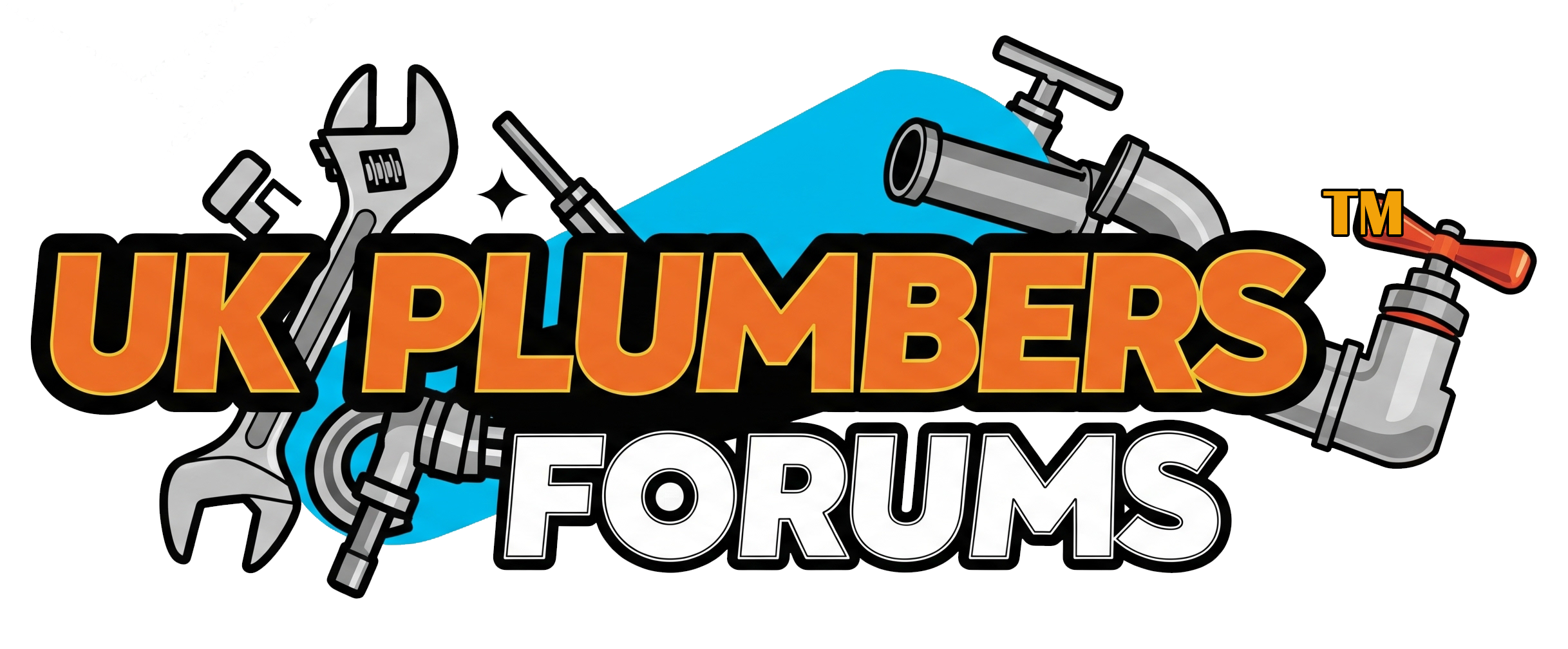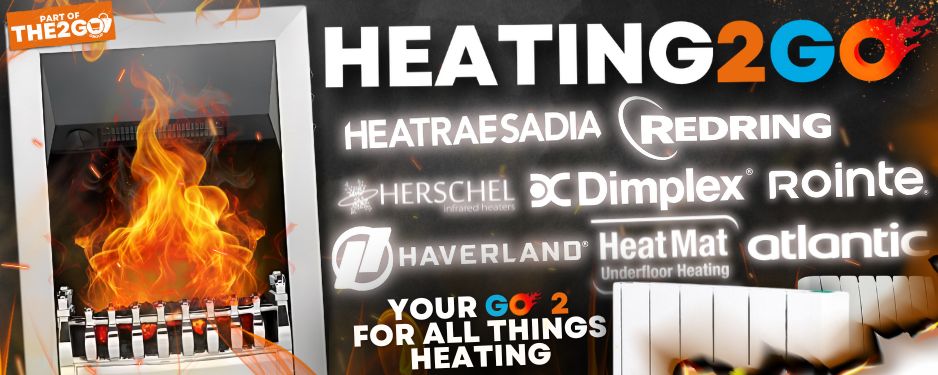Hi guys, I would like to tap into your knowledge of dual fuel towel rails.
We already have an electric element in our en-suite towel rail/radiator, which was added about 10 years ago and is connected to a timer. In Summer I close off both valves and turn on the timer so we get toasty towels in the morning and evening, even when the CH is not on. It works well, however, while looking for a similar setup for our bathroom refurbishment, I came across information that states only the flow (TRV in our case) should be turned off. I assume this is to allow the expanding water to escape into the return valve/pipe. I always closed off both valves as I assumed the water in the supply/return pipes would be heated by the element, plus if the CH was to on it would cycle the electrically heated water in the rail, which defeats the point of using an element to heat it. Given that I've spent 10 years turning off both valves, without issue, have I just been lucky no damage has been done?
Our new bathroom will have wet UFH as the main means of heating and the small towel rail will be dual fuel, with a timer for the element. I would like to have a designer type radiator, something like this:

A T connection would be required on one of the inlets, which unfortunately will make it look a little more untidy, certainly not as neat as the matching coloured valves shown in the photo above. I assume an element can be installed in a radiator like this? I can't think of any reason why not. I also like the idea of these "central" radiator valves, however, I guess these can't be used with an electric element as they prevent the element from being installed:

I was also planning to have a TRV installed on the flow side of the towel rail as when the bathroom is warm enough, there's probably no need to warm up the towel rail. Plus, in Summer, the TRV valve would be closed anyway, so wouldn't interfere with the element's ability to warm up the rail.
I would appreciate any comments and advice on my thoughts for installing/using dual fuel towel rails.
We already have an electric element in our en-suite towel rail/radiator, which was added about 10 years ago and is connected to a timer. In Summer I close off both valves and turn on the timer so we get toasty towels in the morning and evening, even when the CH is not on. It works well, however, while looking for a similar setup for our bathroom refurbishment, I came across information that states only the flow (TRV in our case) should be turned off. I assume this is to allow the expanding water to escape into the return valve/pipe. I always closed off both valves as I assumed the water in the supply/return pipes would be heated by the element, plus if the CH was to on it would cycle the electrically heated water in the rail, which defeats the point of using an element to heat it. Given that I've spent 10 years turning off both valves, without issue, have I just been lucky no damage has been done?
Our new bathroom will have wet UFH as the main means of heating and the small towel rail will be dual fuel, with a timer for the element. I would like to have a designer type radiator, something like this:
A T connection would be required on one of the inlets, which unfortunately will make it look a little more untidy, certainly not as neat as the matching coloured valves shown in the photo above. I assume an element can be installed in a radiator like this? I can't think of any reason why not. I also like the idea of these "central" radiator valves, however, I guess these can't be used with an electric element as they prevent the element from being installed:
I was also planning to have a TRV installed on the flow side of the towel rail as when the bathroom is warm enough, there's probably no need to warm up the towel rail. Plus, in Summer, the TRV valve would be closed anyway, so wouldn't interfere with the element's ability to warm up the rail.
I would appreciate any comments and advice on my thoughts for installing/using dual fuel towel rails.


